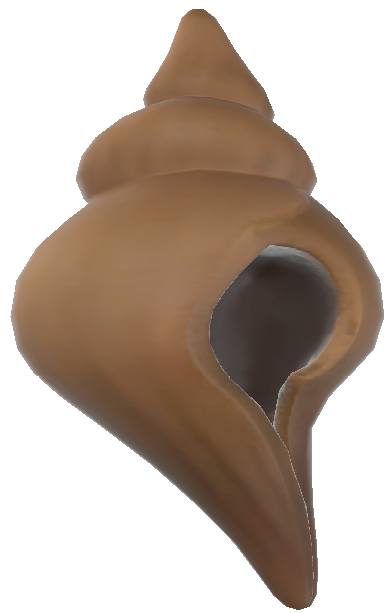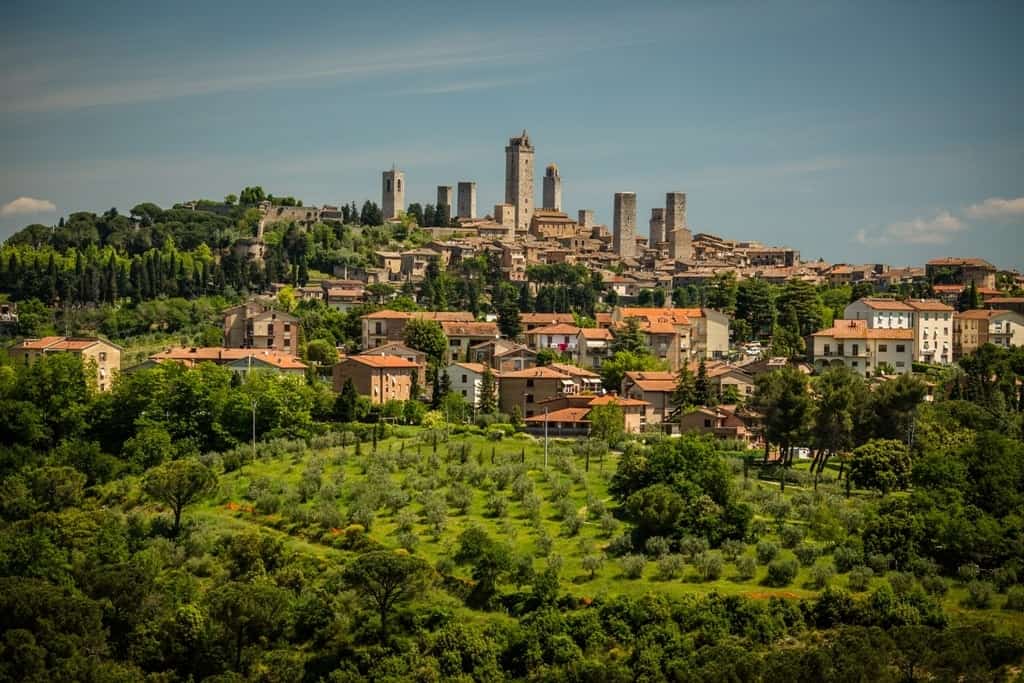I think it depends a lot on what version of Hyrule as well as what part of Hyrule we're talking about.
Hyrule in the first three games I'd say is heavily influenced by medieval Europe based on the architecture we see in those games and in their official artwork. As for the Hyrule we see in OoT I'd say mostly the same, however the Gerudo area seems so be very based in the Middle East/northern Africa because of the symbols, the clothing, the weaponry etc.
Twilight Princess is probably the most Eoropean of them all, I'd say, because it shows us a variety of different types of civilisations. From the farming village of Ordon to the crowded capital of Castle Town. It's all very clearly different "classes" of medieval Europe. The exceptions in this game would be Kakariko and the Hidden Village, which both resemble towns from the American west of the 1800s or somewhere around there.
Breath of the Wild carries on the medieval Europe vibe to a large extent for obvious reasons, but we also saw them expand on the Middle Eastern/north African themes of the Gerudo area, which was nice. And Lurelin Village didn't seem very Europeas to me either. Instead it reminded me of an island somewhere in the Caribbean or in the Pacific Ocean. But the most pleasant surprise I got from BotW was in the Sheikah and Yiga areas. I think it's quite funny that it took them all the way until this game to create some eastern Asian areas in Hyrule; namely Kakariko Village and the Yiga Clan Hideout. These areas look as if they come straight out of Japan's Sengoku era, and I for one was overjoyed to have places like these in Zelda. Additionally the three dragons in the game as well as the many monks in the shrines are clearly inspired by eastern Asian culture, and I hope to see Nintendo take Hyrule even further in this direction in future Zelda games.

















